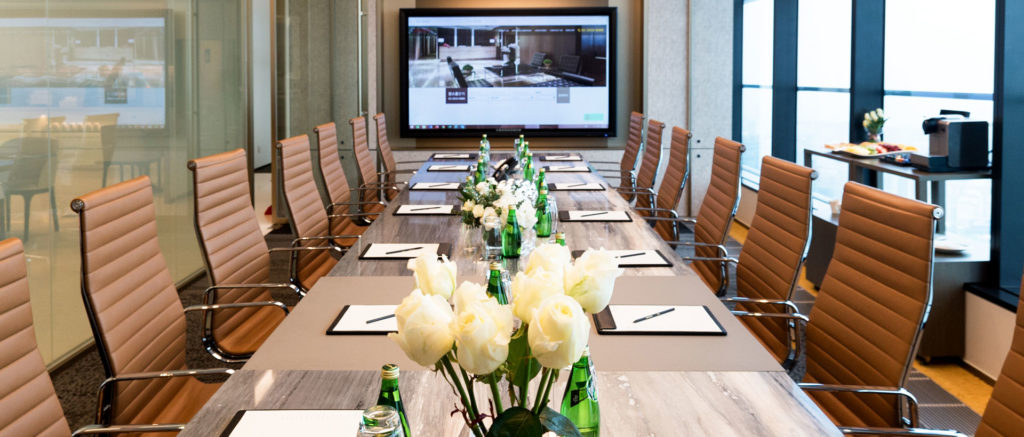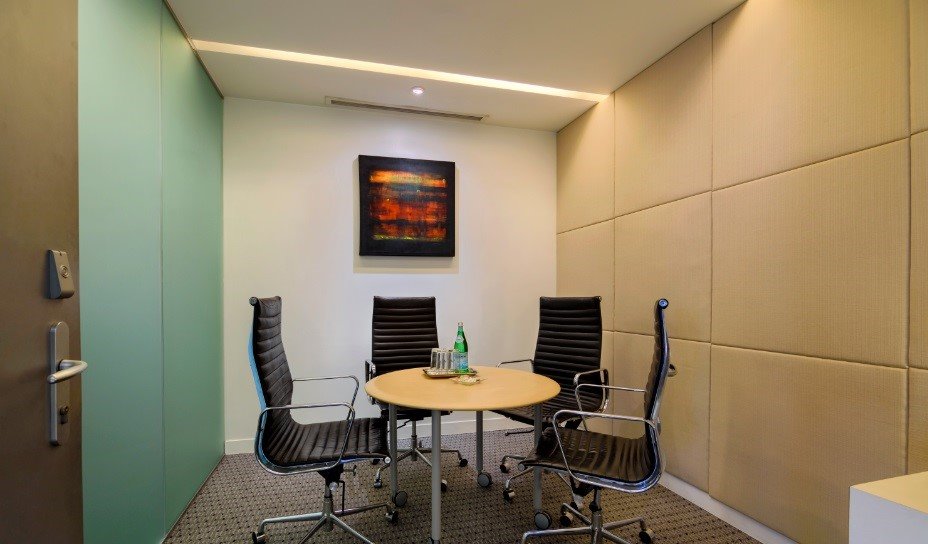5 Rules to Make Your Meetings More Productive
Meetings are universally difficult to just get right. From setting a time, sticking to the schedule, and trying to keep awake for the duration of the meeting, it seems like there is a stigma to it that hinders many people from having a productive meeting. The irony is that the concept is extremely simple. So why do many businesses manage to fail at having a productive meeting on a regular basis? Why are meetings notorious for being just an excuse to kill time? And how do you make them truly productive?
Maybe the reason meetings are often unproductive is that many people underestimate its impact to a team or business. But by simply approaching a meeting like any other crucial process and not just a break from a nine-to-five job, you can have productive meetings all the time. Plus, the rules are simple.
Start on time
Many people underestimate the importance and the overall impact of starting everything on time. Even if it’s just a 10-minute meeting, when you start on time you are basically establishing the importance of everyone’s time and reinforcing that this meeting is not just a break but also an important part of the work day. You’re also off to a good start when you start on time, especially if you’ve already listed your points for discussion, which brings me to rule number two.
State your objectives and points for discussion
There are times when meetings tend to drone on for a long time and the one doing the presentation deviates from the objective. In these cases, other attendees in the meeting may not be able to follow the discussion properly and just daydream for the duration of the meeting. By stating your objectives at the beginning of your session, you are setting the mood of the meeting and keeping everyone on track on what you should be discussing as a team.
Keep your meetings short
If possible, don’t schedule a meeting longer than you should. Some people tend to schedule four-hour meetings not because presentations take that long to discuss, but just because they want some leeway in case they get off track about what needs to be discussed. But the most productive meetings aren’t the longest ones. Regardless if you are scheduling a 10-minute meeting or a whole-day meeting, make sure that every minute of that time is used utilized properly. If if you could help it, keep meetings as short as possible to avoid attendees having cabin fever from staying at the meeting room for a long time or from simply getting bored.
Ask input from everyone
And while on the subject of people getting bored, one sure way to keep everyone on their toes when it comes to meetings is asking all attendees for input in the meeting. Regardless how minor their comment is or how much they disagree about a point for discussion, everyone should be given time to voice out their opinion. After all, they are in a meeting, which is the ideal situation to share their views on matters.
Recap if you’ve met your initial objectives
Being systematic about how to go about a meeting really helps achieve your objectives. And the last rule on how to have a productive meeting is doing a quick recap of everything you’ve discussed so far and comparing that to your initial list of objectives at the start of the meeting. So that by the time you leave the meeting room, you won’t be wondering if you’ve really accomplished anything because you will know from your recap that you have.
Oct 08, 2015




 Bahasa
Bahasa
 日本語
日本語
 한국어
한국어
 ไทย
ไทย
 tiếng Việt
tiếng Việt
 中文
中文







